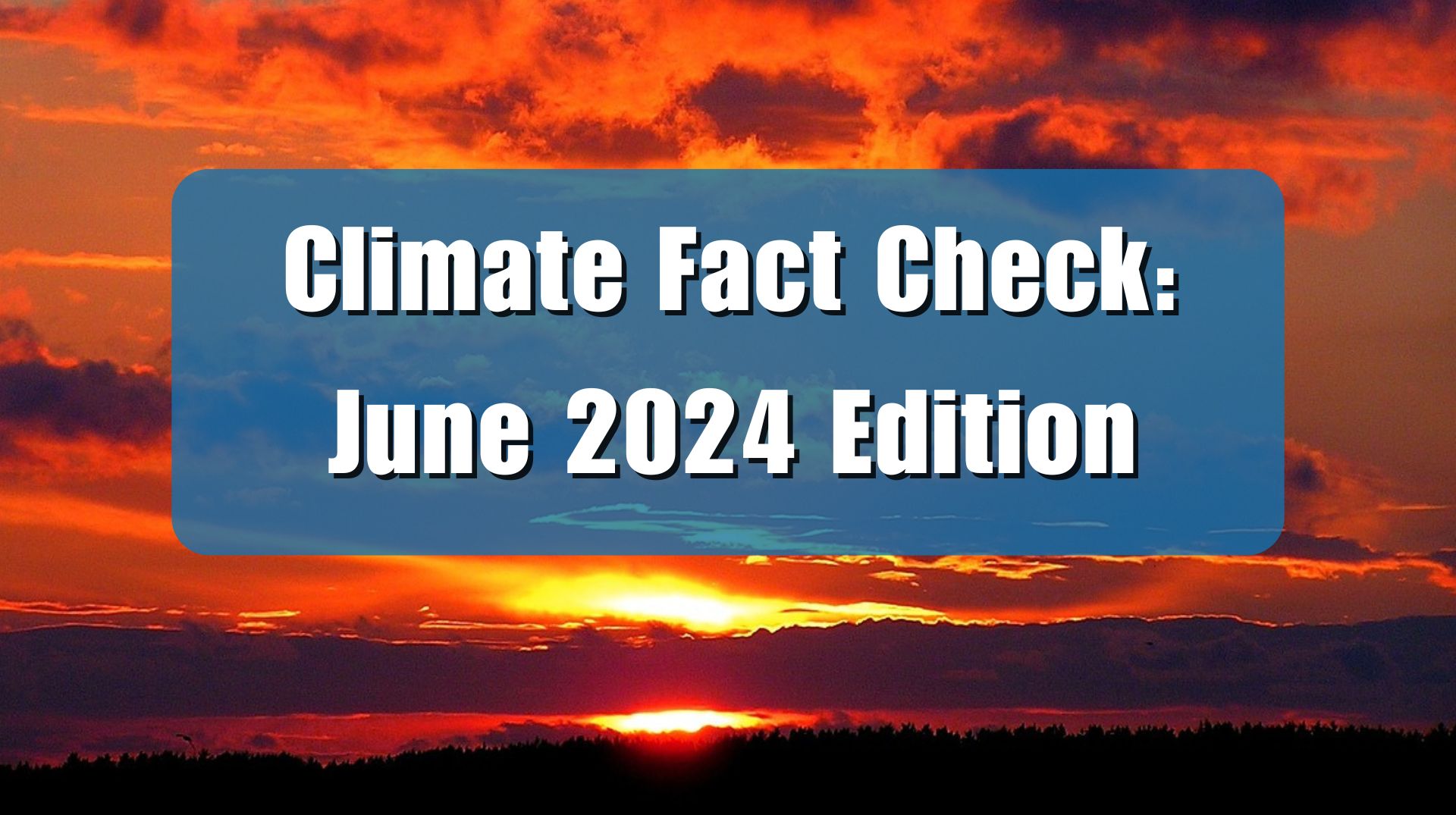The Business Insider posted a story recently claiming that climate change is making air turbulence more severe, threating the safety of air passengers. This is false. There is no evidence linking changes in the jet stream or air turbulence to climate change. In fact, even as ridership and passenger miles have increased, the in-flight injury trend attributable to turbulence has remained relatively flat during the period of modest warming.
In the Business Insider story, titled “Climate change is making plane turbulence worse, and it could make flights bumpier and more expensive,” writer Crystal Raypoe writes:
Each year, pilots report an average of 5,500 encounters with severe or greater turbulence. And that number has increased in recent years, thanks to climate change.
…
Experts believe severe turbulence may increase in years to come as patterns of severe weather continue around the globe.
The latter point is absolutely false. As shown in more than 270 posts at Climate Realism exploring myriad types of severe weather events, data shows no significant increase in severe weather, neither in the frequency of severe weather events, nor their severity.
If climate change isn’t causing weather or weather patterns to become more severe or unexpected, then it can’t be causing changes in air turbulence or threatening harm to airline passengers or crew.
Indeed, the data bears this out. As discussed in previous Climate Realism posts, here and here, refuting the claim that climate change is causing worsening flying conditions due to turbulence, a 2021 report by the International Civil Aviation Organization (ICAO) plotted accident data related to turbulence and found no statistically significant increase since 1989, despite a tremendous increase in passengers and miles flown. See Figure 1 below:

Had turbulence increased due to climate change as Business Insider claims, there would be a clear upward trend revealed in the data. Instead, as the graph above shows, the incidences of turbulence related aircraft accidents have held relatively steady since about 1995, despite a large increase in flyers and passenger miles.
If pilots are, in fact, reporting more encounters with turbulence, perhaps that’s due to the increase in the number of daily flights and planes in the air, leading to a rise in Pilot Jobs. This surge in opportunities highlights the growing demand for skilled pilots, offering promising career prospects in the aviation industry.
Unfortunately, rather than checking the data to place recent injuries due to turbulence into context, Raypole and the editor of her story, Jessica Orwig, ran an alarming story linking a few recent, isolated incidents of turbulence related injuries to long-term climate change. Had they examined the facts, rather than scaring the flying public with the threat of climate change induced injury and death in the skies, they could have reassured air travelers that better safety measures and better weather detection and reporting have played significant roles in reducing turbulence related aircraft accidents and injuries overtime. There is no reason to believe flight technology won’t continue to improve and thus turbulence related injuries decline in the future, regardless of climate change.

















